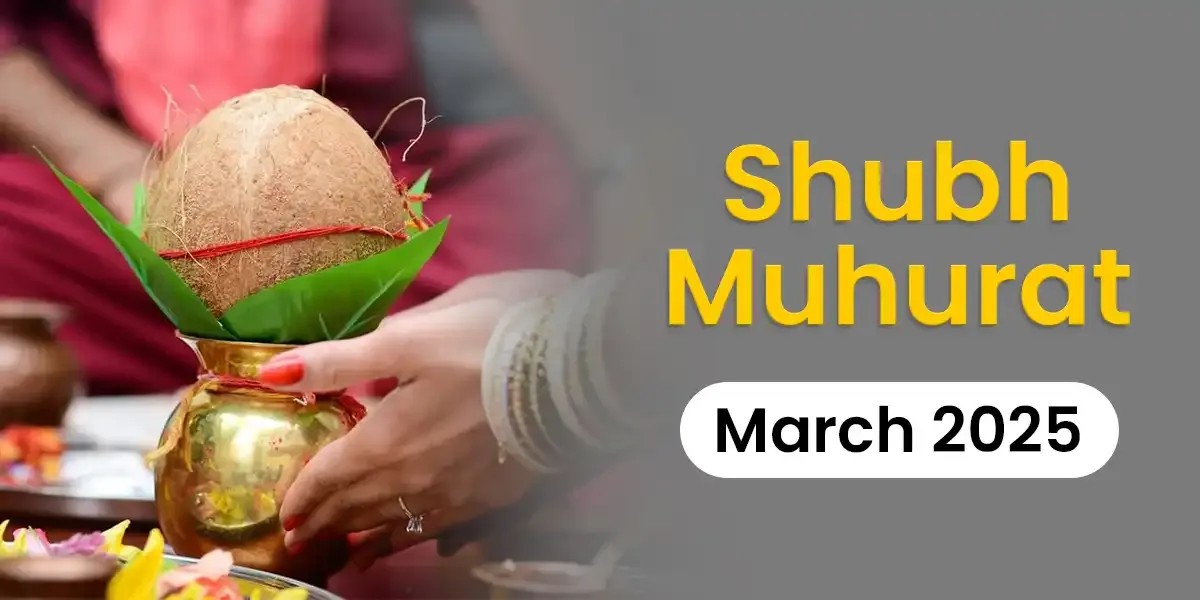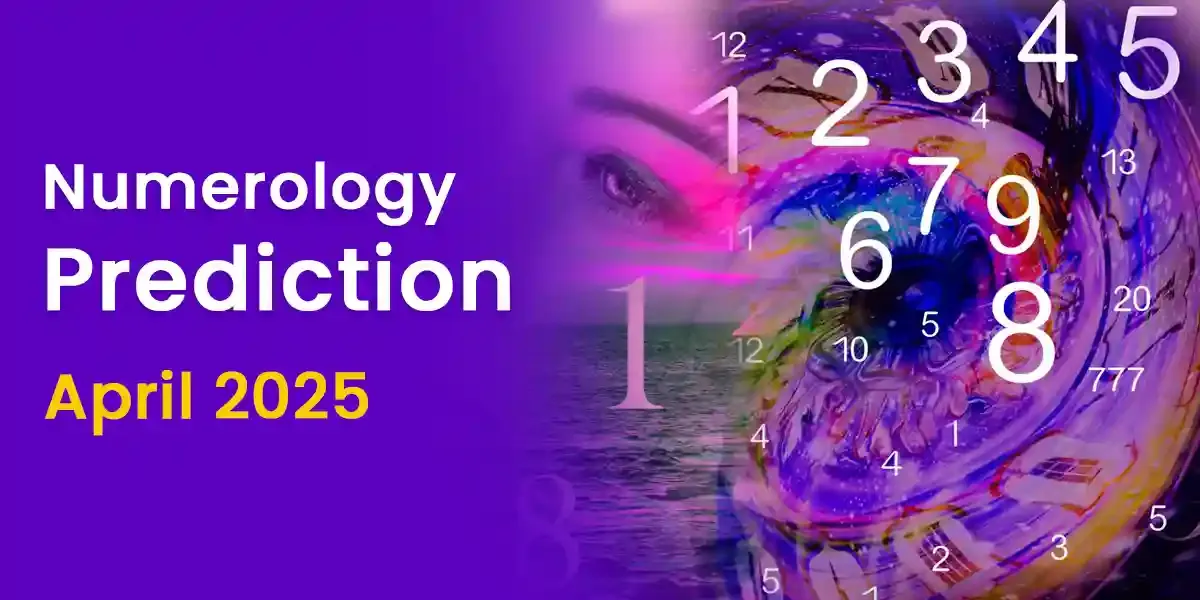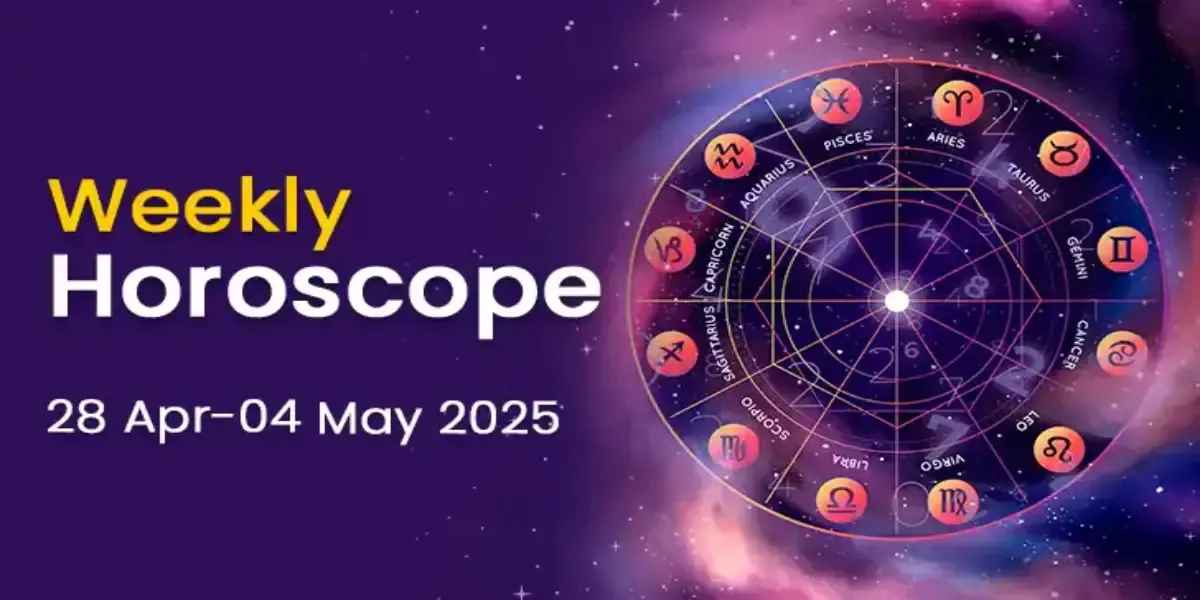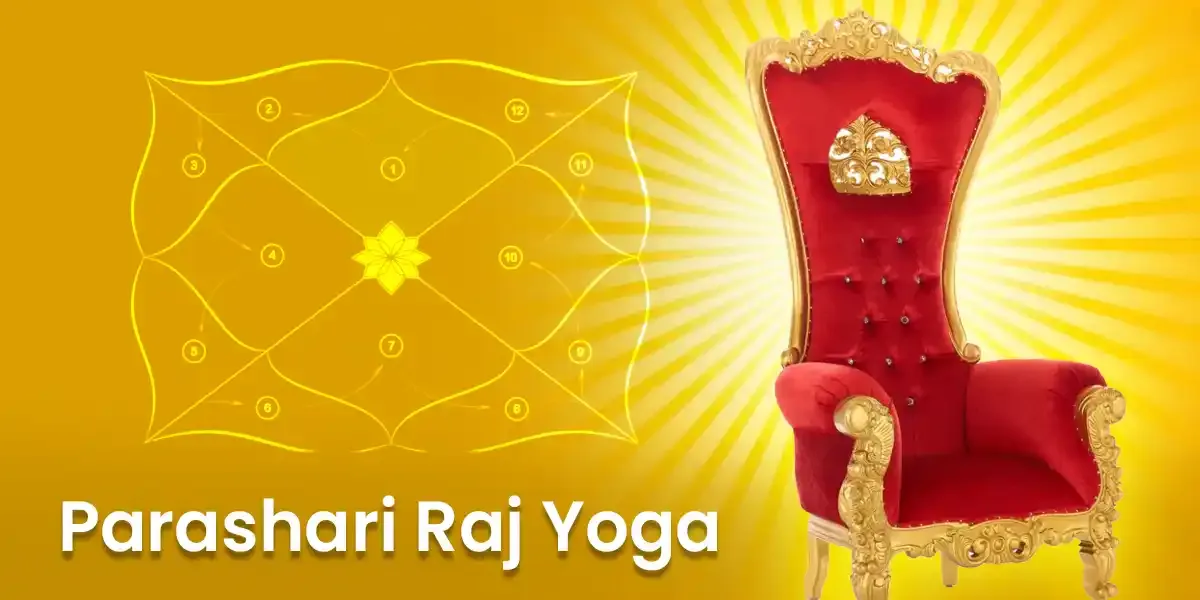
The colourful festival of Holi is celebrated with great zeal and vigour in every part of India and even abroad. Faces immersed in the spirit of gulaal and bhaang are emblematic of this festival. Every year this festival of colours falls on the full Moon day in the Hindu month of Phalgun (February/March). This spring festival marks its beginning with Holika Dahan a day prior to the main day of colours. On the eve before Holi, a bonfire is organized which marks the victory of good over evil, it illustrates that all the wrongs are burnt and a new beginning is marked with the celebration of holi. The festival is all about reviving one's good energies and following the right path, thereby, embarking on a new journey.
Since Holi being a Holiday, there are colours, sweets and colourful pichkaris everywhere. Apart from playing with colours, water, enjoying sweets and bhang, it is also important to understand the mythological significance of this festivity other than its importance in the agrarian society of the day of celebrating new harvests.
The well-known legend of the execution of Hiranyakashyap by Lord Vishnu in the Narsingha avatar to save his devotee, Prahlad from the cruelty of his father is the most familiar one. The burning of Holika, Hiranyakashap's sister, commemorates the burning of the evil force within us. It is said that since then the traditional practice of Holika Dahan is being celebrated. Post dahan the auspicious ash that is applied on the forehead is said to protect one against any ill-will.
Other than this, there is also the story of Lord Krishna destroying Putna, the ogress who terrorized people by engulfing children. Similarly, another female monster Dhundhi met her end on this day.
The legendary story of Kamadeva being burnt alive by Lord Shiva is one of the legends being observed in South India, hence giving the name of Kamadahnam to Holika Dahan. According to the myth, Lord Kama took the responsibility of bringing Shiva back from his deep sleep after Sati's death but had to face the wrath of Shiva's third eye.
Lastly, the romance of Krishna-Radha is famous all over the world. In Mathura and Vrindavan, Holi is the celebration of love where the legendary story of this couple is celebrated. Along with the colours, Lath maar Holi and phoolon ki Holi is celebrated there with huge pomp and show.
This festival has a lot of connotations, where somewhere it marks the end of evil somewhere a new beginning and reviving a new self, there are places where the natkhat love between Lord Krishna and Gopis is remembered.
Like every festival, Holi is all about fun, frolicking and food, on top of enjoying gujiya and mathri, bhang is one drink that is an intricate part of this day. What is important is to play a safe holi, using natural colous and spreading the feeling of brotherhood. Often, it is seen that people get drunk and spoil the whole festive spirit into fighting spirit. This is something that one should avoid and instead emphasize on the celebratory mode!
Wishing you all Happy Holi!!
Our in-house team of writers comprises of vibrant, like-minded, and curious souls who are passionate about helping people find joy and motivation through the magic of words. Our writers are keen on using their skills to make the study of divination sciences a guiding tool in people's lives. They hold expertise in writing on a myriad of topics related to Indian Astrology, Spirituality, Planetary Movements, Vastu Shastra, Numerology, and Tarot among several others. The Astroyogi team aims to write articles that can help the readers lead a life of peace and tranquility whilst enjoying the many ups and downs of life!




















